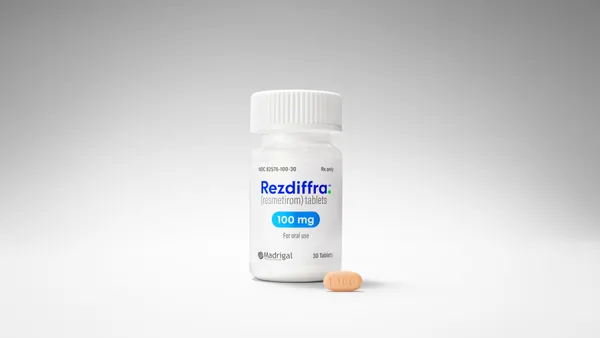I n case you haven’t noticed, healthcare has undergone some pretty significant changes in the last few years. The days of the doctor being the sole decisionmaker are virtually over. Just listen to some of the lines from DTC advertising: “Ask your doctor about …” or “Partner with your doctor …” Imagine 10 years ago the concept of patients partnering with their doctor! It just wasn’t the way medicine was practiced. Patients did whatever the doctor advised and that was it — “Doctor knows best.” And, because this ultimate healthcare authority was limited to doctors, traditional medicaleducation efforts were directed almost exclusively to the physician, with a token program or two occasionally made available to the pharmacist, nurse, or physician assistant. Well, those days are over. Today, with medical infor mation much more readily available, consumers and patients are better equipped to question the decisions of their doctors and to seek alternatives. Myriad sources for healthcare information exist — magazines, televi sion, the Internet, word of mouth, books — with some being better than others. In particular, prescription drug information, which once was restricted to doctors and pharmacists, can now be found quickly with an online search. Time to Broaden the Audience The point of all this is that it is time for medicaledu cation companies to partner more aggressively with pharmaceutical manufacturers to develop balanced educational programs that reach a broader range of healthcare professionals. One group that has received fewer sponsored medicaleducation programs is nurses. For certain disease categories and products, nurse edu cation is abundant. But for the vast majority, nurse and nursepractitioner education is often a secondary con sideration and receives less financial support than physi ciandirected education. The fact is that nurses are important health pro fessionals who play a vital role in therapeutic choices and treatment recommendations. They are often in a position to support a drug or device that is “nurse friendly” or helps them make more efficient use of their time with each patient. In addition, nurse practi tioners in many states can write prescriptions for cer tain categories of drugs. And, even when they can’t write the prescription, they are highly influential with their physician colleagues. With about 75,000 nurse practitioners in the United States, who represents a sizable audience for medical education, this is an audi ence that should not be discounted. Another good reason to pay more attention to nurs es is that many more injectable medications are being administered by patients themselves in an outpatient setting. These patients need proper training on how to mix medications, perform proper injection techniques, etc. Who goes to a patient’s home to check injection site reactions, put in new lines? The era when doctors made house calls is long over. Now nurses are are mak ing these calls. In addition to nurse practitioners, there are 2.6 mil lion registered nurses in the United States and they are not just in hospitals any more. Nurses are everywhere, they are the frontline providers of healthcare today. Remember the school nurse of old days? Well, that con cept has caught on and now “school nurses” are found in a variety of places. Most large companies have a nurse on site to handle routine medical problems for employees. Managedcare companies employ nurses to answer frequently asked questions from patients. Patients and Caregivers The Internet gives patients and caregivers direct access to credible (and sometimes notsocredible) healthcare information on everything from new treat ments and procedures to compliance programs and even local physician recommendations and clinical trials. But it is essential that healthcare information, accessi 30 O c t o be r 2 00 3 VIEW on Medical Education It is time to recognize the expanded role of nurses and offer them quality medical education targeted to meet their educational needs. INDUSTRY ISSUES INTRAMED EDUCATIONAL GROUP, New York is Sudler and Hennessey’s medical education division that develops both accredited and nonaccredited educational initiatives on behalf of its pharmaceutical and consumercare clients. These educational efforts bring credible thirdparty support to healthcare professional as well as patienteducation communications. For more information, call 2126143800. Medical Education: It’s Not Just for Doctors JOANNE N# CALLAHAN EXECUTIVEVP, CLIENT SERVICE DIRECTOR
An article from


Medical Education: It's Not Just for Doctors
Filed Under:
Commercialization








